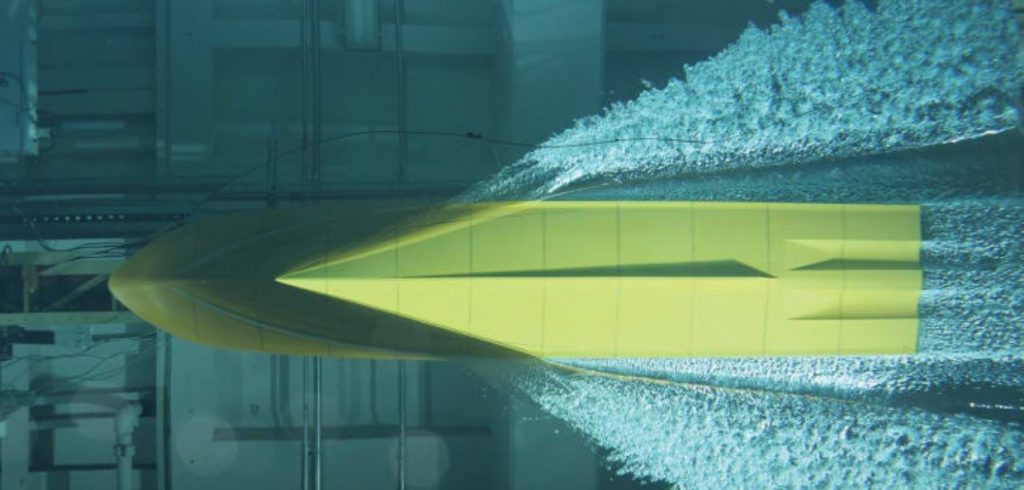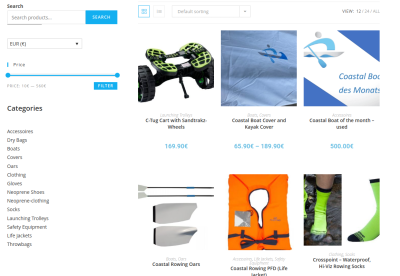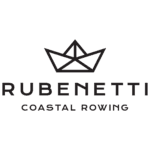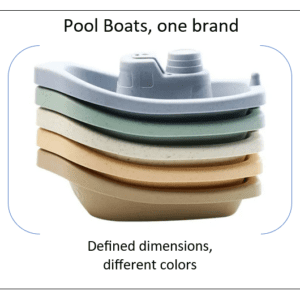The hull speed of coastal boats is the key to winning races on the water later. Longer boats with a longer waterline are faster than shorter boats. A well-known principle in boat building. At least when it comes to displacement boats, as our coastal boats usually are. You won’t believe it, but already by definition, some Coastal Boats are faster than others.
Hull speed of coastal boats – Why some coastal boats are faster than others
What is meant by hull speed: Hull speed, or displacement speed, is the speed at which the length of the bow wave of a coastal boat is equal to the length of the boat’s waterline. As the speed of the boat increases from a standstill, the length of the bow wave increases, and usually, its peak-to-valley distance (height) increases in the process. When hull speed is exceeded, a boat in displacement mode appears to rise on the back of its bow wave.
From an engineering point of view, the bow and stern waves overlap by design at hull speed, resulting in relatively large waves and, thus, a rather significant value for wave drag. A displacer’s wave drag increases smoothly as it approaches and exceeds hull speed, often with no noticeable bend at hull speed.
Hull speed and water friction of coastal boats
What counts is the actual waterline. The waterline length is the length of the boat from bow to stern where it lies in the water. In other words: If you mark the point at the bow where the water touches the boat and mark the point at the stern where the water touches the boat, and then measure that distance, that is the waterline length. Many researchers and boat builders have confirmed this.
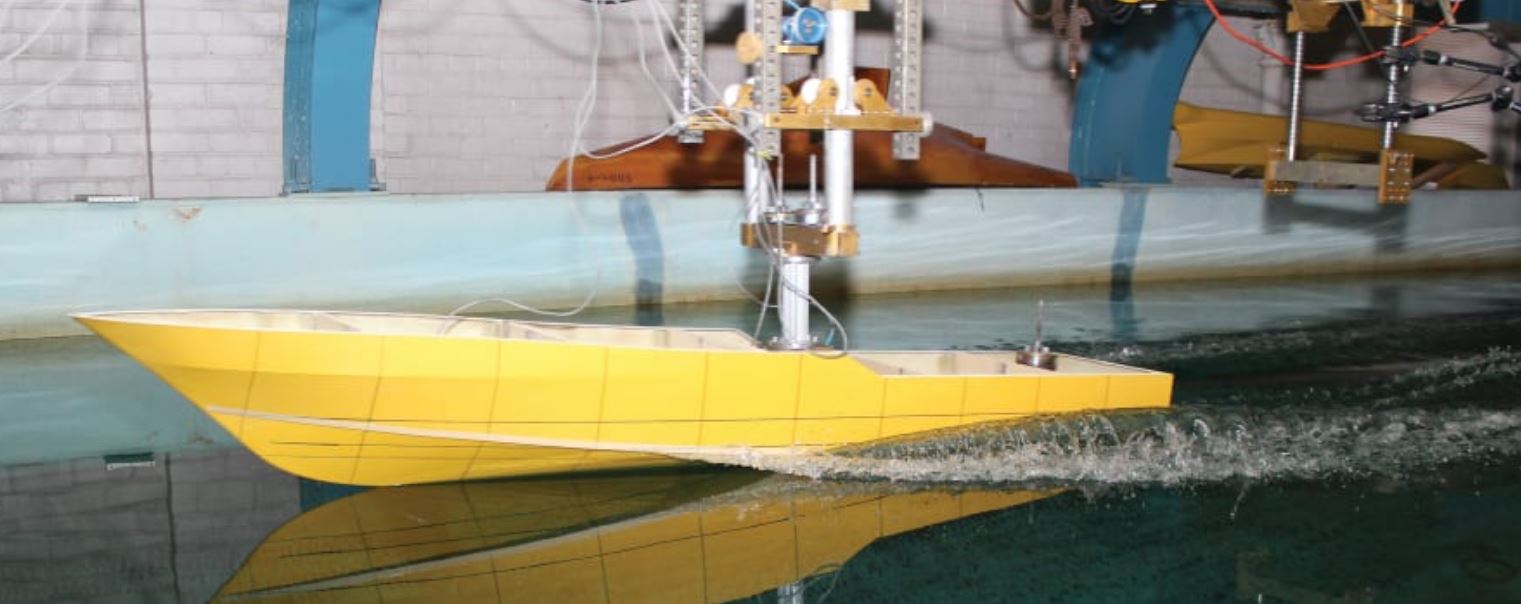
By the way, if you were to connect the marks on the bow and stern and paint a line on the boat’s hull, you would have what is called a “boat stripe”. The boat stripe is the line painted on many boats that separates the bottom, which is underwater, from the parts that are above water.
How does the bow wave affect hull speed?
If you watch a coastal boat move through the water, you will notice that it creates both a bow wave and a stern wave as it moves through the water. The length of the bow wave increases as the speed of the boat increases. The faster the boat, the larger these two waves become, until eventually they become a single wave. At this point, the boat has reached its “hull speed.” This means that this is the highest speed it can reach. It cannot go faster because it is caught in this wave. The longer the boat is, the faster it can “theoretically” go because it takes longer for the bow and stern waves to become one wave. You can calculate the hull speed or displacement speed of a displacer with the following formula.
The Hull Speed Formula
Hull speed = 1.34 X (Square root of waterline length). For example, if your boat is 36 feet long the hull speed would be calculated as follows: square root of 36 = 6
6 X 1.34 = 8.04 kts. hull speed, 1kn: 1.85 km
What Difference Does Hull Speed Make?
Let’s imagine a Co1x has a water surface of exactly a) 6.00 meters. The competitor product has b) 5.50 meters
Boat A) 600 x 19.67 inches : 1.34 x 4.44 / 5.94 kn x 1.85: Speed: 10.99 km(hrs)
Boat B) 550 x 18.02 inches, 1.34 x 4.24 / 5.69 kn x 1.85: Speed: 10.52 km (hrs) – looses 479 m agains boat A /hrs
So the boat A is almost 240 (480) meters faster in 30 (60) minutes. This means that in an Endurance Race of 6Km and ca. 25 minutes, the lead of the Boat A) will be at least 200 meters due to the waterline shape.
Hull speed can certainly play an important role
This doesn’t sound like a lot, of course, and Coastal boat regattas, in particular, are often unpredictable, but it can definitely make a difference. If you have any questions about different boat speeds, we at Coastal Boats are happy to help! Is this a theoretical case?. We dont find many boats in Coastal races which are shorter than Fisa Specs. Plus, Coastal boats are not 100% displacement boats. Most of them have a gliding shape at their stern. But: at some local and pop up races you might compete with shorter boats, depending on the local registration rules. If you have a 600cm boat, you certainly have an advantage against shorter boats. What do you think about the hull speed factor at Coastal Regattas? Let us know in the comments!

